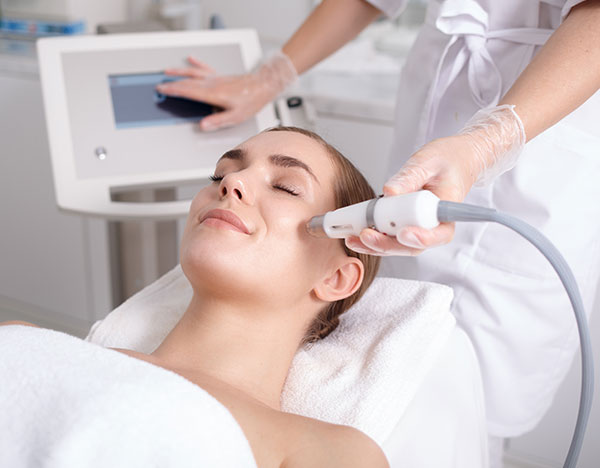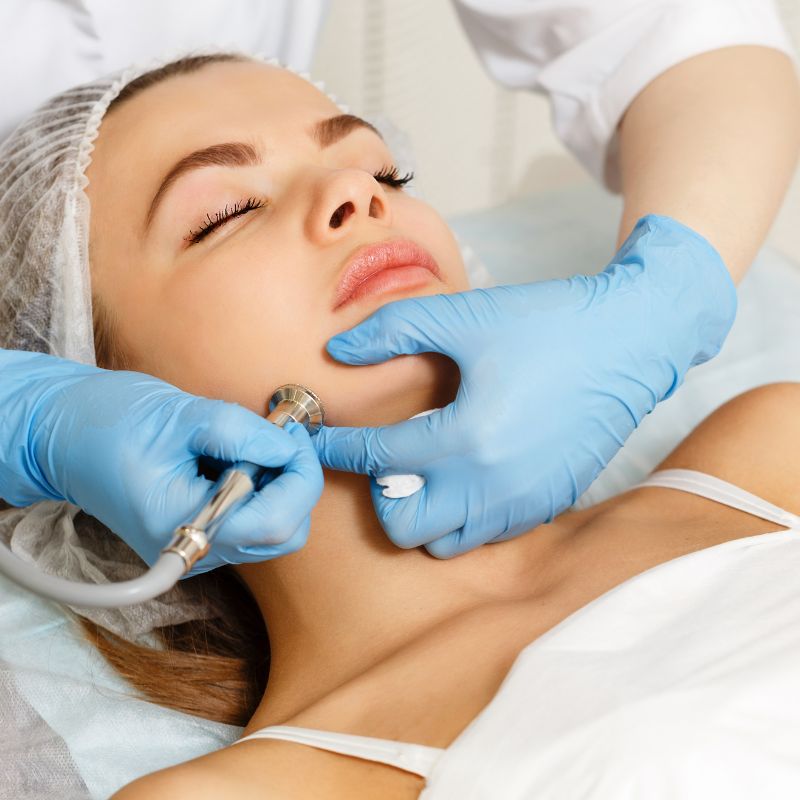Dermatologist-Recommended Techniques for Skin Pigmentation Treatment
Dermatologist-Recommended Techniques for Skin Pigmentation Treatment
Blog Article
The Ultimate Option for Stubborn Skin Pigmentation Troubles Disclosed
Skin pigmentation problems can be a source of stress for many individuals, typically verifying to be immune to standard therapies. The vital lies in understanding the root causes of skin discoloration and implementing a detailed strategy that not just addresses existing coloring yet additionally stops its reappearance.
Recognizing Skin Pigmentation Causes
Skin pigmentation is a complex process influenced by numerous internal and external factors that add to the development of dark areas or spots on the skin. The primary reason for skin coloring is the overproduction of melanin, the pigment accountable for eye, skin, and hair shade. This overproduction can be activated by variables such as sunlight direct exposure, hormone modifications, swelling, and skin injuries.
Sun exposure is just one of the leading sources of skin coloring, as UV rays boost melanocytes to create more melanin, leading to sun tanning or the development of dark areas. Hormonal adjustments, specifically throughout pregnancy or due to hormone problems, can likewise result in skin pigmentation concerns like melasma or chloasma. Swelling triggered by conditions like acne or dermatitis can cause post-inflammatory hyperpigmentation, leaving stubborn dark marks on the skin.
Understanding these reasons is important in establishing effective therapies for skin pigmentation issues. By addressing the hidden aspects that add to melanin production, targeted skincare routines, specialist treatments, and way of living modifications can aid lower and handle skin coloring problems.
Topical Therapies for Hyperpigmentation
Having developed the underlying reasons of skin coloring, it is essential to check out efficient topical therapies for resolving hyperpigmentation concerns. Hydroquinone may not be suitable for all skin types and can cause inflammation in some individuals.
Other efficient topical therapies for hyperpigmentation consist of kojic acid, which is originated from fungis and can help lighten dark spots by inhibiting melanin production. Vitamin C is also a popular choice due to its brightening homes and capability to level complexion. Furthermore, components such as retinoids and niacinamide can aid enhance skin appearance and lower the look of coloring over time.
When utilizing topical treatments for hyperpigmentation, it is important to use sun block day-to-day to stop further darkening of the skin and to seek advice from with a skin doctor to determine the most ideal therapy for individual skin concerns. (Skin Pigmentation Treatment)
Professional Procedures for Pigmentation Correction
Professional dermatologists typically suggest a range of advanced procedures for correcting skin coloring concerns. One usual expert treatment is laser treatment, which targets pigmented areas with high-intensity light to damage down melanin and minimize hyperpigmentation. One more effective procedure is chemical peels, where a chemical remedy is related to the skin to scrub the outer layer, exposing brand-new, evenly colored skin beneath. Microdermabrasion is a non-invasive procedure that makes use of a minimally unpleasant tool to delicately sand the skin, improving general structure and reducing coloring irregularities.
For more serious situations of coloring, dermatologists may suggest intense pulsed light (IPL) treatment, which targets melanin with broad-spectrum light to this page discolor dark spots gradually. It is vital to seek advice from with a certified dermatologist to identify the most appropriate therapy option based on individual skin type and pigmentation worries.


Lifestyle Changes to Fight Skin Discoloration
Incorporating dietary modifications and sun security practices can significantly help in attending to skin discoloration problems. A diet plan abundant in vitamins, minerals, and antioxidants can help enhance overall skin wellness and minimize pigmentation concerns. Foods like berries, citrus fruits, leafed eco-friendlies, and nuts can offer vital nutrients that support skin regrowth and combat see here now oxidative stress, which can add to skin staining. Remaining moisturized by consuming alcohol an ample amount of water daily can likewise advertise skin wellness and assist in keeping an also skin tone.
Sunlight defense is crucial in avoiding further skin discoloration. UV rays can aggravate coloring troubles and raise the threat of creating dark places. Including day-to-day use sun block with a high SPF, putting on safety garments, and looking for shade during top sun hours can assist shield the skin from hazardous UV radiation. Furthermore, avoiding excessive sun exposure and tanning beds can aid in preventing brand-new coloring problems from developing. By making these way of life modifications, individuals can take aggressive actions in the direction of combating skin staining and promoting a healthier complexion.
Upkeep Tips for Long-Term Coloring Control
Regular peeling with mild scrubs or chemical exfoliants can assist discard off dead skin cells, enabling for better penetration of treatment items. Keeping a healthy and balanced diet plan rich in antioxidants, vitamins, and minerals can sustain skin wellness and general pigmentation control (Skin Pigmentation Treatment). By adhering to these upkeep pointers carefully, people can successfully handle stubborn skin coloring in the long run.

Final Thought
Finally, resolving skin pigmentation needs a complex approach including recognizing the causes, using i thought about this topical therapies, undergoing expert treatments, making lifestyle adjustments, and keeping long-lasting control. By integrating these approaches, individuals can effectively battle stubborn skin staining troubles and achieve a more also and radiant complexion.
Skin pigmentation is an intricate process influenced by different interior and exterior variables that add to the development of dark places or patches on the skin. The main reason of skin coloring is the overflow of melanin, the pigment liable for skin, hair, and eye color. One more reliable treatment is chemical peels, where a chemical solution is applied to the skin to exfoliate the outer layer, exposing brand-new, evenly pigmented skin underneath (Skin Pigmentation Treatment). Foods like berries, citrus fruits, leafy greens, and nuts can offer vital nutrients that sustain skin regeneration and combat oxidative tension, which can contribute to skin staining. Remaining moisturized by consuming alcohol an adequate amount of water daily can also promote skin health and assist in keeping an also skin tone
Report this page